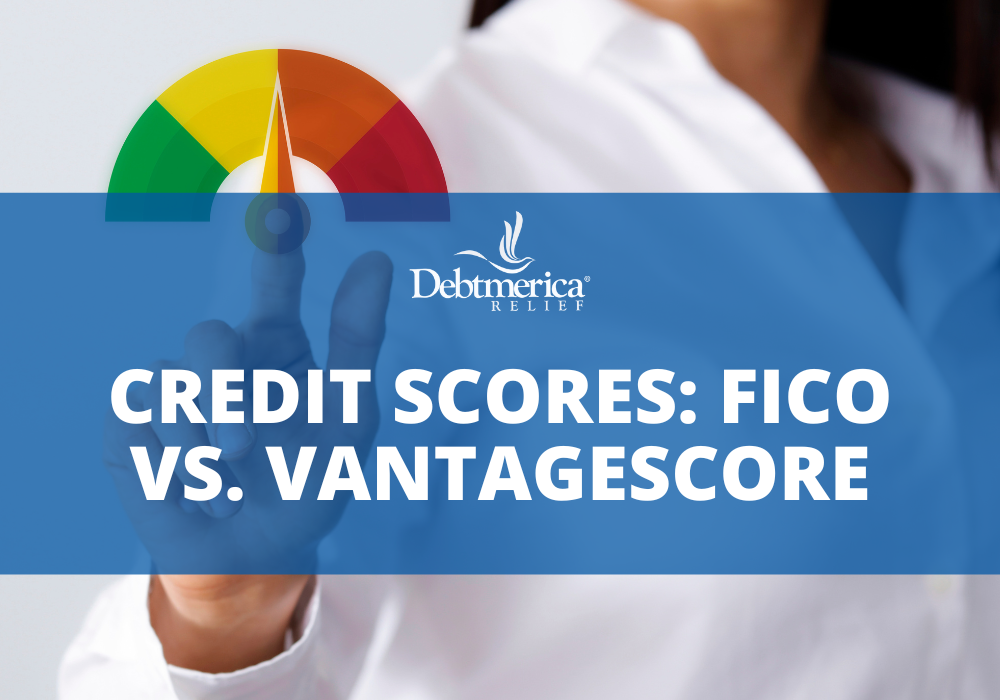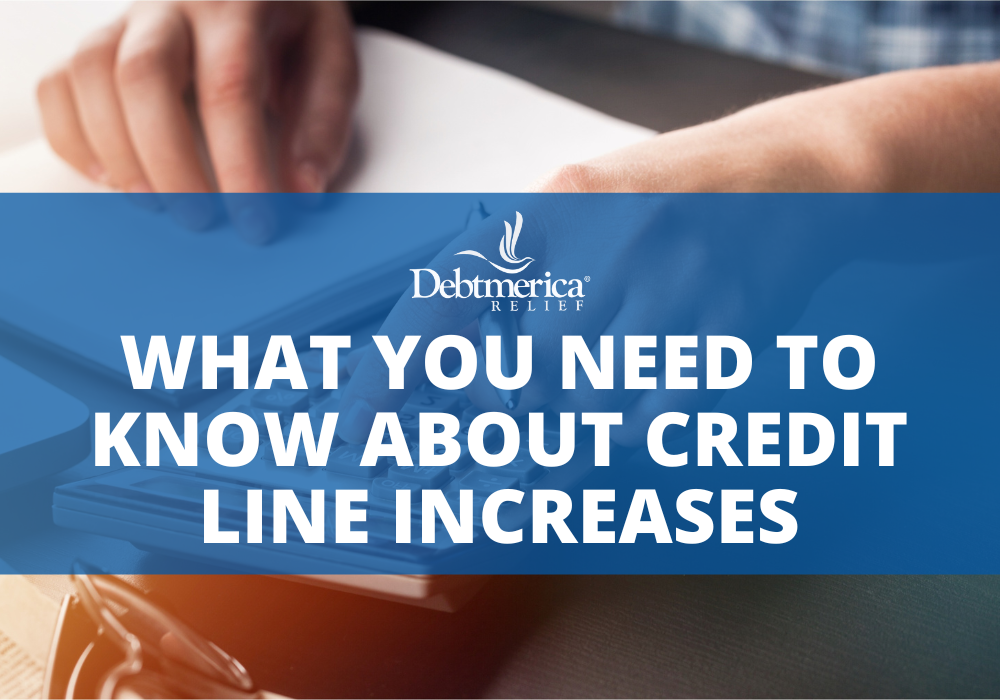Credit Scores: FICO vs. VantageScore

In the world of personal finance, credit scores play a crucial role in determining your financial well-being. Lenders, landlords, insurance companies, and even potential employers use credit scores to assess your creditworthiness. Two widely used scoring models, FICO and VantageScore, dominate this landscape. But how do they differ, and what do you need to know about them? In this article, we’ll explore the distinctions between FICO scores and VantageScores.
Understanding FICO Scores
- The FICO Score Origin: The Fair Isaac Corporation, commonly known as FICO, is the pioneer of credit scoring. It introduced the FICO score in 1989, and since then, it has become the industry standard. FICO scores are used by 90% of top lenders in the United States.
- Scoring Range: FICO scores range from 300 to 850. A higher score indicates a lower credit risk, making it more favorable for borrowers.
- Data Sources: FICO scores primarily rely on data from the three major credit bureaus: Equifax, Experian, and TransUnion. These scores consider factors such as payment history (35% of score), credit utilization (30%), length of credit history (15%), mix of credit accounts (10%), and recent credit inquiries (10%).
- Model Versions: FICO periodically updates its scoring models to adapt to changing lending practices. FICO’s newest scoring model, FICO Score 10 Suite consists of two scores: FICO 10 and FICO 10T. While new models do not replace old ones, they are more comprehensive and allow lenders to grasp a better picture of a borrower’s risk level.
Understanding VantageScores
- The VantageScore Origin: VantageScore Solutions, a collaboration between the three major credit bureaus, introduced the VantageScore in 2006. It was created as a more consumer-friendly alternative to the FICO score.
- Scoring Range: VantageScores have a range of 300 to 850, much like FICO scores. Higher scores indicate better creditworthiness.
- Data Sources: VantageScores also rely on data from the major credit bureaus. However, they claim to use a more consistent and predictive scoring model across the bureaus, making scores less dependent on where you obtain your credit report.
- Model Versions: VantageScore periodically updates its models, with VantageScore 4.0 being the newest version. These updates aim to improve predictive accuracy and reflect changes in consumer credit behavior.
Key Differences
Now that we’ve explored both scoring models, let’s highlight some key differences:
- Industry Prevalence: FICO scores are still more widely used by lenders, making them the go-to choice for most financial institutions. That said, it could be more advantageous to work on building this specific score to increase borrowing power.
- Data Weighting: While both models consider similar factors, they may weigh these factors differently. VantageScore claims to give more weight to payment history, which can be advantageous for consumers who consistently make their payments on time. Unlike many other models, VantageScore also does not require a minimum of six months of credit history to assign a score, therefore making it a good option for new borrowers.
- Credit Reporting Agencies: FICO scores can vary depending on which credit bureau’s data is used. In contrast, VantageScores are designed to provide a more consistent score across all three major bureaus.
- Credit Inquiries: FICO scores treat multiple credit inquiries for the same type of credit, including mortgages, auto loans, and student loans, within a 45-day period as a single inquiry, minimizing the impact on your score. VantageScores typically consider such inquiries within a 14-day period as one inquiry, and includes mortgages, auto loans, student loans, and other types of credit as well.
- Collections: If your debt ever gets sent to a collection agency, your credit score may be affected. In general, FICO will exclude smaller collection accounts, usually less than $100. VantageScore, on the other hand, usually includes all collection accounts regardless of the amount.
Conclusion
In the world of credit scoring, both FICO and VantageScore serve as valuable tools for lenders and consumers alike. Understanding the differences between them can empower you to make more informed financial decisions. Keep in mind that the scoring models may evolve over time, so it’s essential to stay informed about changes and regularly monitor your credit reports to ensure accuracy. Ultimately, maintaining responsible financial habits is the surest path to achieving and maintaining a healthy credit score, regardless of the scoring model used. Debtmerica Relief has over 16 years of experience in providing relief to our clients whose debts have become too much to handle.
If you need help with debt, contact us for a free consultation.


